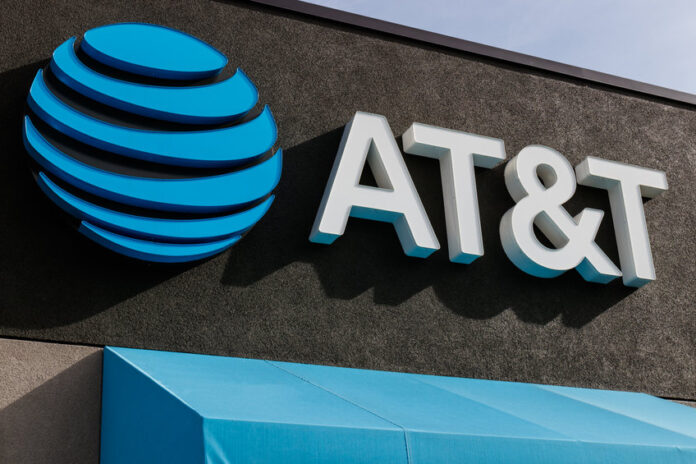AT&T commitment to fiber deployment prompts major manufacturing investment by Corning
AT&T is working to deploy fiber at a massive scale with plans to cover 30 million locations by 2025. Fiber manufacturer Corning, based on a commitment from AT&T, today announced it will open a new facility in Arizona to keep up with “record demand.” Fiber is the backbone of telecommunications networks and, as such, is the foundational piece of extending connectivity to all parts of the country, a major priority for the private and public sectors.
In an email Q&A, RCR Wireless News got more context on AT&T fiber plans in the context of bridging the digital divide from company President of Broadband Access and Adoption Jeff Luong.
Q: Can you please give me any insights into the balance of investments between last mile fiber directly to customer premises versus investment in middle mile aggregation networks?
A: We have an extensive middle mile or feeder fiber network that has been built over many years. We’re still making investments in the middle mile where needed, however the vast majority of our current deployment is in the last mile, which is the most expensive and difficult leg of an end-to-end fiber network.
Q: How do you organizationally balance management of fiber deployment and 5G deployment; and how does a robust fiber infrastructure set the stage for a differentiated 5G offering?
A: We strategically approach our fiber and 5G network build utilizing an integrated planning model. This takes into account a wide range of potential endpoint demands and future needs for business, consumer and mobility backhaul locations. Fiber and 5G go hand-in-hand as 5G requires a high-speed fiber transport network that moves mobile traffic to fiber as quickly as possible due to the speed and latency requirements of 5G.
Q: When considering the digital divide in the United States, focus is often on rural America, but there’s also a major problem (opportunity) around the urban digital divide. Any thoughts on how addressing the digital divide varies in rural and urban areas both in terms of customer acquisition/competitive market dynamics and complexities in the actual construction process?
A: We see the digital divide as a three-sided issue: Access, affordability and adoption.
We believe that public-private partnerships are key to improving access. Great examples of success in this area is AT&T’s work in communities like Vanderburg County, Ind., and Oldham County, Ky., where we are building reliable, high-speed fiber to new areas as these county governments take advantage of federal funds to pay for a portion of the broadband network.
The Bipartisan Policy’s Center’s article correctly points to affordability and adoption as key digital divide issues in urban areas. On the affordability front, AT&T is committed to participating in the federal Affordable Connectivity Program (ACP). The ACP provides eligible households with a benefit of up to $30 a month (up to $75 on qualifying Tribal lands) to reduce the cost of broadband service and can be applied to all our AT&T Fiber speed tiers. Additionally, eligible households can apply their ACP benefit to Access from AT&T to get internet speeds of up to 100Mbps, where available, for $0.
Adoption is the third area. We’re addressing that on a number of fronts, including working with nonprofits to get devices into the hands of students. We’re opening AT&T Connected Learning Centers around the country to provide underserved students and families with free access to the internet, computers and educational resources. In addition, we’re providing free digital literacy resources for student and parents to help them get the skills needed to effectively use the internet.
Q: When considering the digital divide in the United States, focus is often on rural America, but there’s also a major problem (opportunity) around the urban digital divide. Any thoughts on how addressing the digital divide varies in rural and urban areas both in terms of customer acquisition/competitive market dynamics and complexities in the actual construction process?
A: We have a once-in-a-lifetime opportunity to close the digital divide for millions of Americans thanks to the private sector’s massive investments in high-speed networks along with unprecedented public sector support. There are several funding sources available to state and local governments, all with varying rules, but all with the same objective: to connect as many people as possible. It’s important for state and local governments to understand that public-private partnerships are the most effective means to build networks and close the divide. Companies like AT&T have incredible expertise in designing, building, maintaining and upgrading fiber and wireless networks. The skills and capital needed to engineer and keep these networks running effectively and efficiently are better suited for the private sector. In addition, governments should consider their technology choices carefully. Fiber is the best technology for today and tomorrow.

